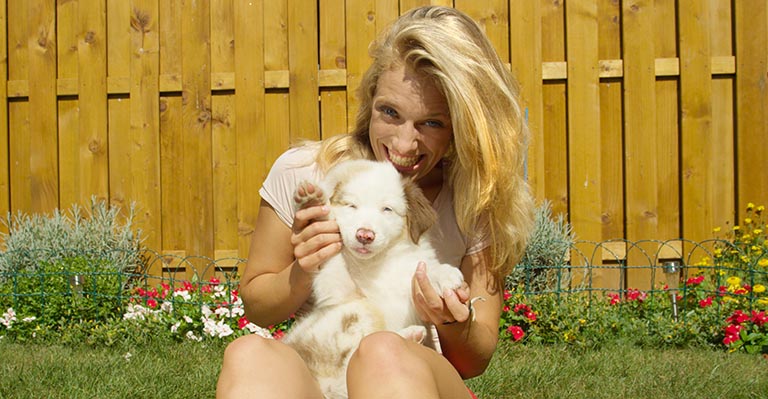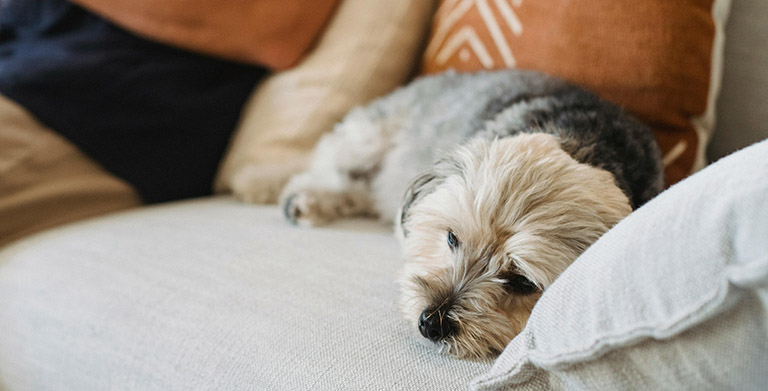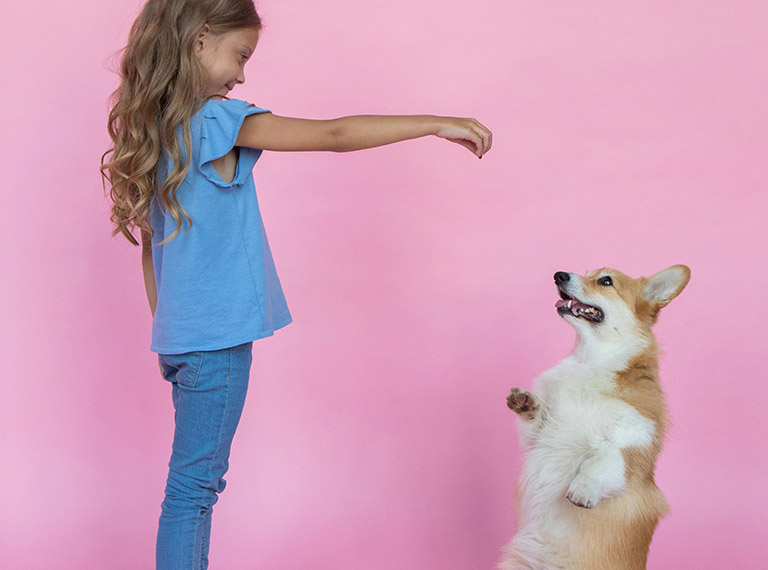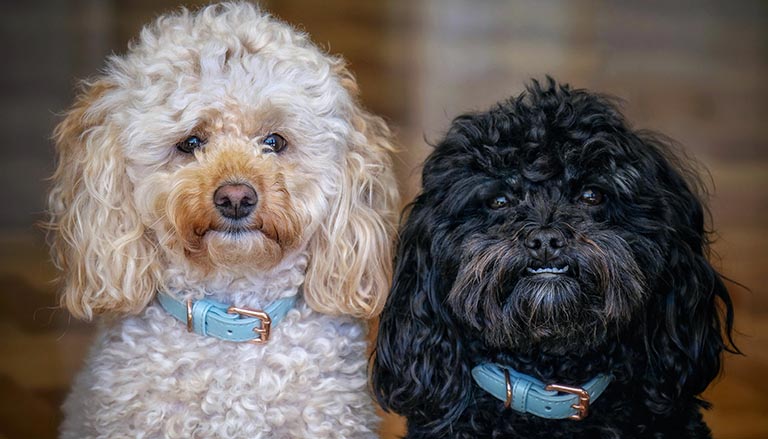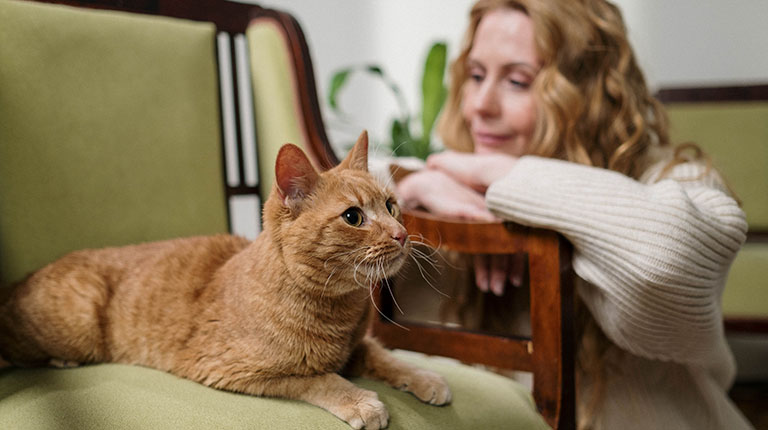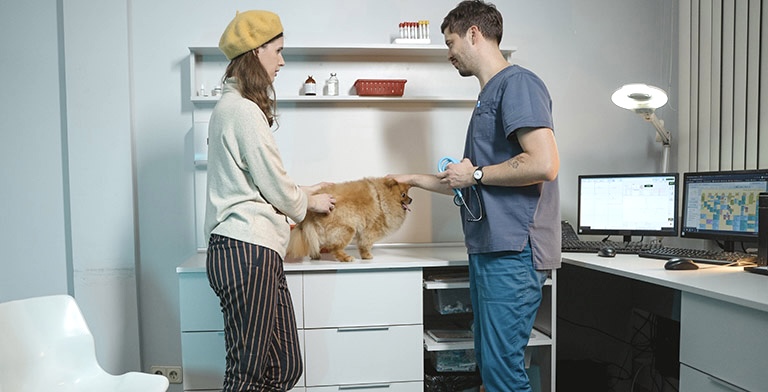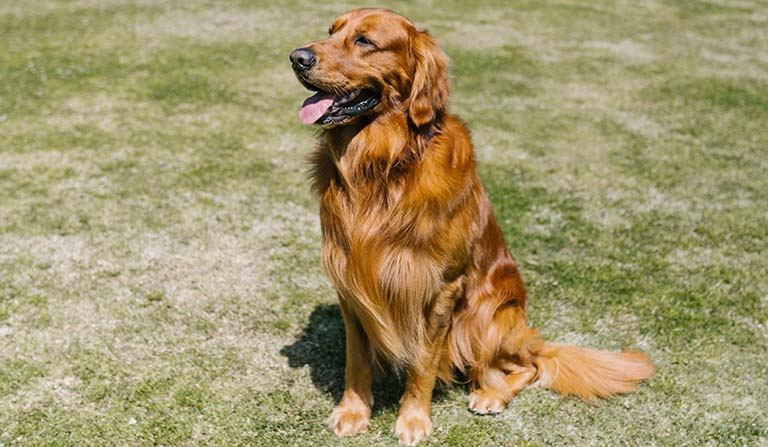For many dog owners, the peculiar scent of their dog’s paws, reminiscent of corn chips or Fritos, can be both surprising and amusing. While this odor might initially raise eyebrows, it may be harmless and often stems from the natural buildup of bacteria and yeast on the dog’s feet. Understanding the reasons behind your canine’s feet smelling like Fritos can help alleviate concerns, help you maintain your pet’s paw hygiene effectively and help you to know when there is a serious underlying problem.
In this blog, we’ll delve into the causes of this distinctive aroma, explore when it might indicate a problem and provide practical tips for keeping your canine companion’s paws clean and healthy.
Understanding Frito Feet
Many dog owners have smelled their pet’s paws and been surprised by the scent resembling that of popcorn, corn chips or even Fritos. Dogs’ paws can develop this scent due to the overgrowth of bacteria and yeast on their feet. As canines trot across various surfaces, they inevitably pick up an assortment of microorganisms on their paw pads.
For instance, bacteria like Proteus and Pseudomonas find their habitat in the soil. When these bacteria take up residence on a dog’s feet and mingle with the dog’s saliva or the natural sweat from their paw pads, they emit a distinct Fritos-like odor.

Recognizing Signs of Paw Problems
Recognizing signs of unhealthy feet in your canine companion is essential for maintaining their well-being. While the Fritos-like scent is not an initial cause for concern, if your dog is displaying other signs it might be an indication of something being wrong. Watch out for any abnormalities such as bumps, redness or swelling on their paw pads, as well as changes in behavior like limping or excessive licking. If you observe canine dog biting or chewing at their feet or showing signs of irritation, it could be a signal of underlying issues such as allergies, infections, injuries or pododermatitis.

Pododermatitis in Dogs
Pododermatitis, commonly known as “Frito Feet” among dog owners, is a condition that affects the paws of dogs. While the nickname might sound amusing, pododermatitis is a serious issue characterized by inflammation and irritation of the paw pads. Dogs’ feet, with their constant exposure to various surfaces, are prone to this condition due to factors like bacterial or fungal infections, allergies, trauma or underlying health issues. Pododermatitis can manifest as redness, swelling, odor and even pain. Prompt veterinary attention is essential if any signs of pododermatitis arise. To learn more, read here.
How To Prevent Smelly Paws in Dogs
Address Allergies in Canines
If you observe signs of your pet experiencing irritations on their paw pads, there’s a good chance it could be due to food allergies. Consulting your veterinarian is key to addressing these concerns effectively. Your vet can conduct tests to pinpoint the specific allergens affecting your canine companion. After determining which allergens are the cause you can work on transitioning your dog to a proper diet or begin giving them the prescribed medication to manage your dog’s condition. To learn more about dog allergies read here.

Keep Paw Pads Clean and Dry
It’s crucial to keep your dog’s paws clean and dry to prevent the buildup of bacteria, which thrives in moist environments. Regular paw maintenance can easily be done using a gentle pet-approved shampoo or paw wipes. Pay close attention to clearing out any debris, especially between the toes, where it tends to accumulate. After cleaning, ensure thorough drying, particularly between the toes. You want to prevent moisture-related issues in your dog’s paw pads. Opt for products specifically formulated for canine care and don’t hesitate to seek guidance from your groomer for the best options tailored to your pet’s needs.

Trim Foot Fur
Keeping the fur between your dog’s toes trimmed is essential to prevent the accumulation of dander, moisture and debris, which can lead to irritation and unpleasant odors. You can take on this task by using a professional grooming clipper on the paw pads yourself. Alternatively, enlist the expertise of a professional groomer who can efficiently trim or shave your dog’s paw pads during their grooming appointment. This simple practice can go a long way in maintaining your dog’s paw hygiene.

Daily Checks for Cuts and Infections on Dog’s Feet
Developing a habit of regularly checking your dog’s paws is important for detecting any cuts or infections promptly. The earlier you identify them, the sooner they can be treated and healed before they escalate. Take a moment to have your dog sit comfortably while you inspect their paw pads and the space between their toes. Observe their reactions closely to see if they flinch as you inspect their feet or if you notice any abnormalities.
Pet’s Overall Paw Health
Dogs’ feet naturally harbor bacteria and yeast, which, when combined with factors like saliva and sweat, can produce the corn chip aroma. However, staying vigilant for signs of discomfort or abnormalities in your pet’s paw pads is crucial for early detection of potential issues like pododermatitis. By implementing a healthy diet and following simple practices like regular paw maintenance, trimming foot fur, conducting daily paw checks and addressing allergies, you can ensure your dog’s paws remain fresh, clean and free from odors.
